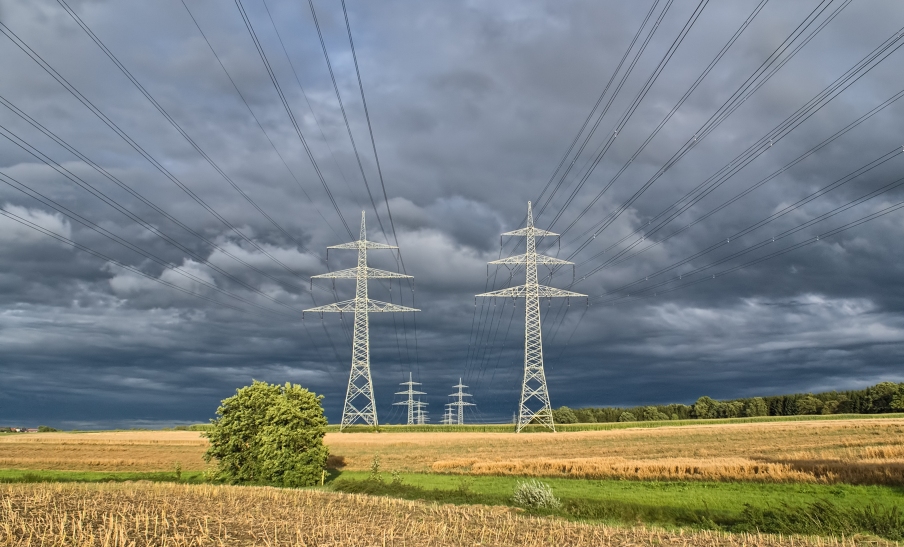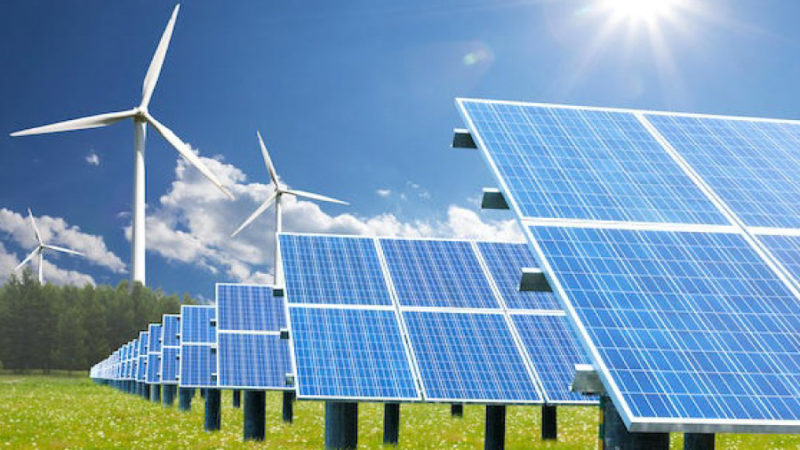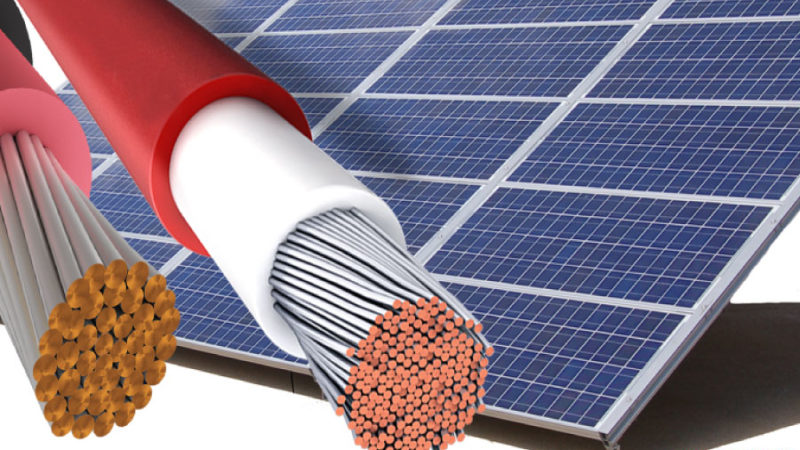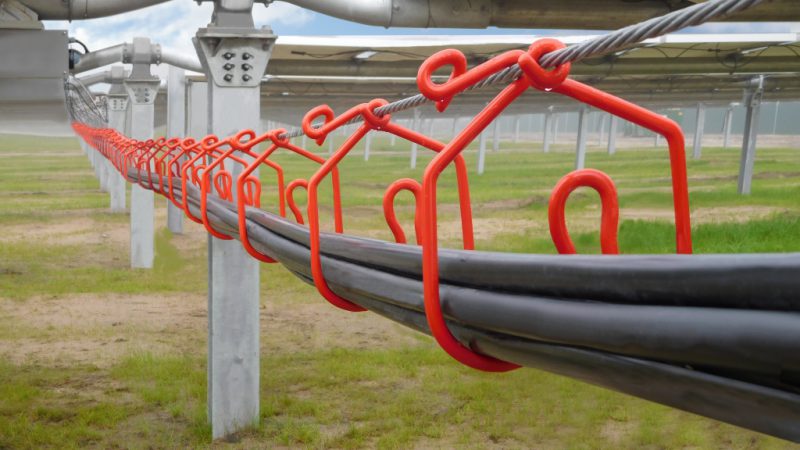Green Energy Corridors

An insight into progress and key initiative taken for developments in Green Energy Corroidors project in the country.
India is already struggling with the problem of absorption of renewable energy into the grid. It has been observed that when adequate transmission capacity is not available in the grid several states direct wind and solar power developers to reduce generation. This results in direct revenue loss to the project developers. Thus, the Ministry of New & Renewable Energy had to issue an advisory to state power utilities not to force renewable energy developers to reduce generation, as these projects enjoy a ‘must-run’ status. The Ministry advised the state power utilities to shut down thermal power plants to balance demand and supply but not force-shutdown renewable energy projects.
The Indian government recognizes well that the sudden increase in renewable energy capacity in India could adversely impact the current grid infrastructure. In this respect, the Green Energy Corridors (GECs) project, led by India’s largest power transmission company, is aimed at the integration of 175GW of renewable energy capacity that India aims to have operational by March 2022. The GECs project will not only provide additional transmission capacity for the evacuation of renewable energy but also enable host states to supply any surplus electricity to other states with the exemption of transmission charges. This help states with low renewable energy resources to achieve the renewable energy purchase obligations.
Key Developments:
India began work on the county’s first green energy corridor project in May 2017 that will be equipped with an ultrahigh-voltage direct current (UHVDC) link over 1,800km with the aim to bring power to 80 million people. The project by state-run Power Grid Corporation of India (PGCIL) is being executed by ABB Group in partnership with Bharat Heavy Electricals Limited (BHEL). The mega project is worth over Rs 4,350 crore. The Raigarh-Pugalur 800 kilovolt (kV) ultrahigh-voltage direct current (UHVDC) system aims to connect Raigarh in Central India to Pugalur in the southern state of Tamil Nadu. This link will integrate thermal and wind energy for transmission of power to high consumption centers. This project will help supporting electricity demands in the south and transmitting clean energy to the north when there is excess wind power.
Technical Tie-ups:
Germany will help India with Grid Integration of renewable energy. The two countries recently announced the Indo-German Energy Programme — Green Energy Corridors. Under the program, the German development organization GIZ will provide technical support to Indian agencies and regulators regarding integration of renewable energy into the existing grid infrastructure. Apart from technical assistance, Germany will also provide financial aid for the execution of the Green Energy Corridors project. German development bank KfW has also committed at least €1 billion for implementation of transmission projects dedicated to renewable energy projects in India.
Way Forward:
The Indian Minister of Finance recently announced the budgetary allocation for all ministries and associated target outcomes for the financial year 2018-19 that starts from 1 April 2018. Finance Minister Arun Jaitley announced an allocation of just over Rs 5,020 crore ($790 million) for the expansion of various renewable energy technologies and other activities of the Ministry of New & Renewable Energy (MNRE) for the financial year 2018-19. Of this Rs 5,020 crore, MNRE has made a very important allocation of Rs 600 crore ($94 million) towards implementation of 3,000 circuit kilometers of transmission lines across 8 states rich in renewable energy resources.
These transmission lines (Green Energy Corridors) will be used solely to transmit electricity generated from renewable energy projects. MNRE plans to commission 15.62 GW of new renewable energy capacity in the FY 2018-19. The targeted capacity addition is 7.3% higher than the targets set for the FY 2017-18. Thus it becomes imperative for India to be ready with adequate and efficient evacuation infrastructure for better integration of increasing renewable energy.








